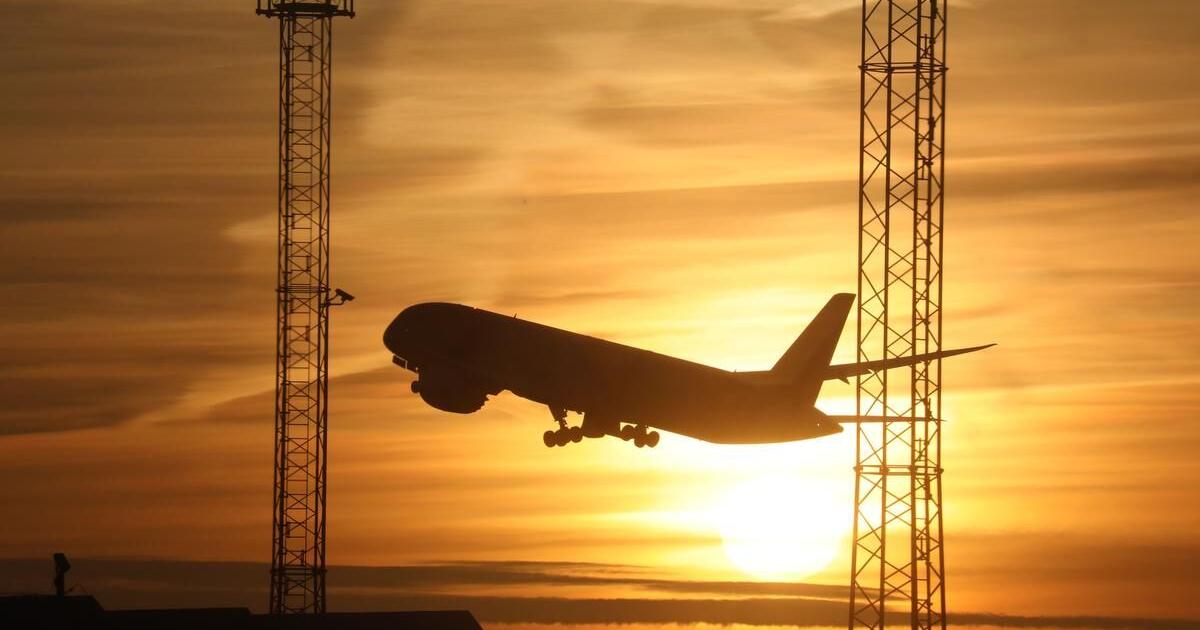kEiThZ
Superstar
I can buy the argument.... halfway. As someone noted, frequency matters. When I was commuting to Timmins for business, the availability of flights was an acute concern - both at the home end and at the outer end. Two or three hours of waiting for the next flight was precious time wasted, and sometimes led to more drinks in the airport lounge than I might care to admit ;-). Swapping five departure options for three would have sent shivers up my spine.
Agreed. I was giving an example. Personally, I think three is just fine if timed properly. But practically speaking I think most routes would not see upgauging until 4 rotations per day.
However, cutting 5 departures to 4 and having seat availability in those larger planes might have been OK - and might have led to some seat sales that attracted more customers. So the argument holds without having to go seat to seat.... I'm sure AC will do some flight reduction with its 737 Max's, but also will plan for growth in ridership. That translates to some slots saved at YYZ.
People fixate on places like Sudbury and Timmins. But have a look at Air Canada's services to Boston:
3x E190 with 97 seats
10x E175 with 76 seats
https://flightaware.com/live/findflight?origin=CYYZ&destination=KBOS
This route is exactly the type of route that Air Canada purchased the CSeries for. Replace those 13 flights with 10 rotations of 130-seat A220-300s and you will add nearly 24% more seat capacity while cutting 23% of the frequencies. In reality cutting those 3 flights adds about 21 mins on average to the wait time.
There's a lot of regional routes into the US like this for Air Canada and all the American carriers. Westjet less so, since Encore came much later and is smaller.





